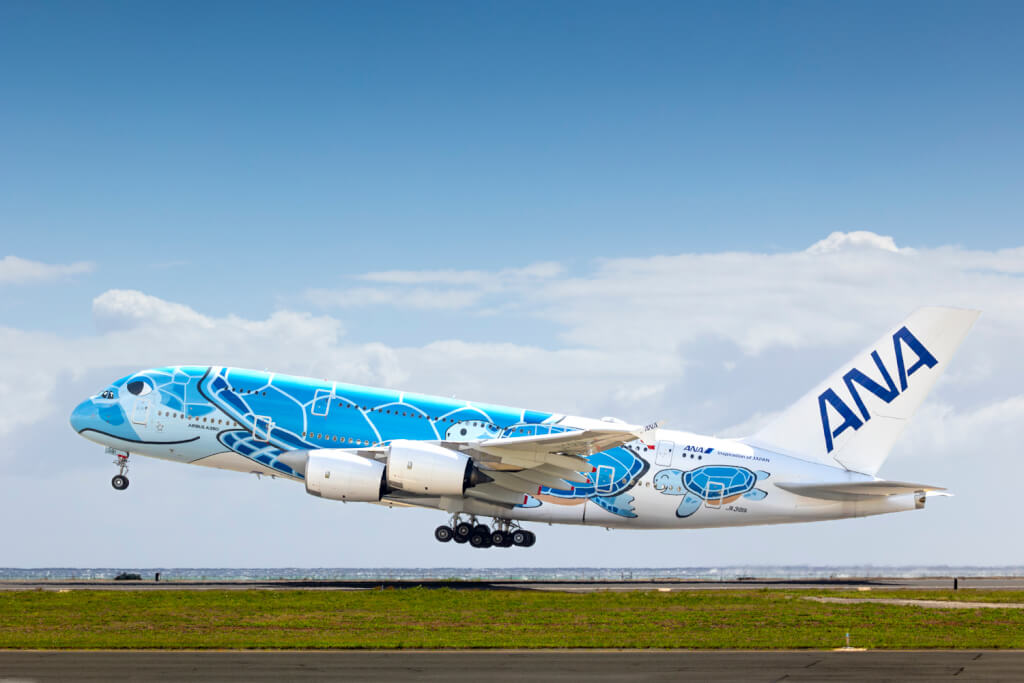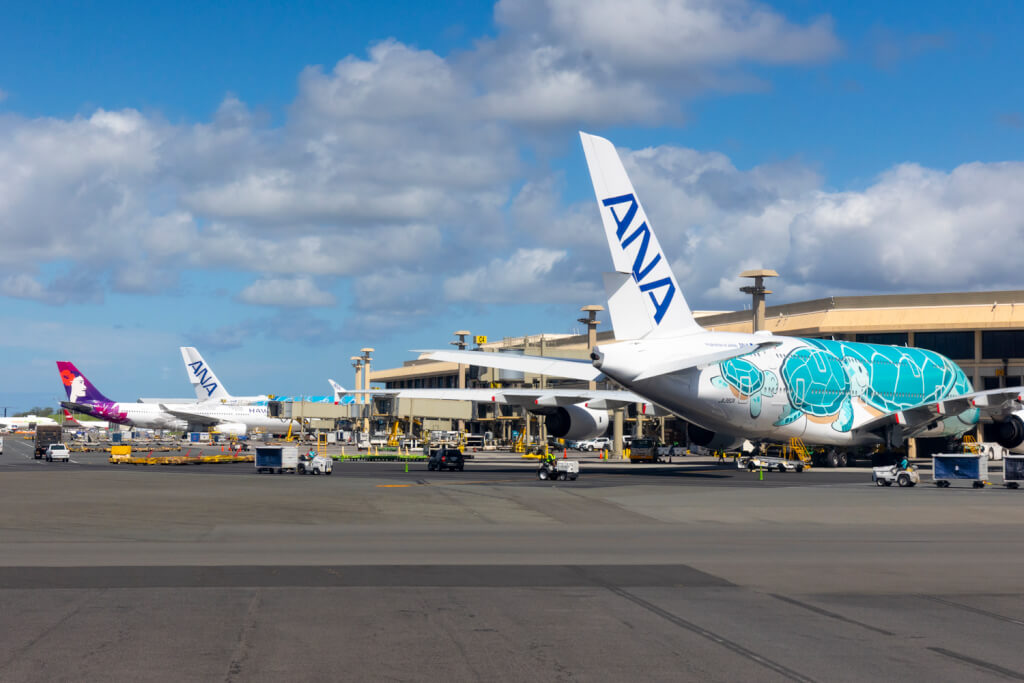In a move that Hawai’i officials hope will help expedite the Japanese visitor industry recover, U.S. Customs and Border Protection recently announced that Japanese citizens are now eligible for Global Entry. Yes, that’s the same Global Entry program U.S. citizens can apply for.
Though not the largest segment of visitors to Hawai’i – that belongs to those originating in the Western U.S. – Japanese visitors play a vital role in the economy of the islands. On a per capita basis, Japanese visitors spend far more than domestic ones. Or, they used to. Pre-COVID, Japanese visitors spent an average of $250 per person per day, compared to $178 for U.S. West visitors and $219 for U.S. East visitors.
According to the most recently available data from the Hawai’i Tourism Authority, the above numbers have flipped a bit with Japanese visitor spending dropping to $245 per person per day, compared to $229 for U.S. West visitors and $265 for U.S. East visitors. This is not all that surprising given the unfavorable exchange rates for them. However, it’s worth noting that those that do continue to come, are still fairly significant spenders.
At any rate, their loss as been noticeable, and with arrivals still down by 50%, which means overall spending is also down by about 50%, local officials are eager to find ways to lure Japanese visitors back. This is especially true since, unlike domestic visitors, Japanese ones usually stick to tour groups, which tend to be lower impact than individuals roaming around on their own. As such, news that Japanese citizens are now eligible for Global Entry was lauded by local leaders, though I don’t think it’ll have much of an impact.
Japanese Citizens Are Now Eligible for Global Entry
Joining a growing list of countries, Japanese citizens are now eligible for Global Entry, which promises to drastically reduce entry wait times at busy ports, such as Honolulu’s Daniel K. Inouye International Airport. Like the program for U.S. citizens, the version of Global Entry available to Japanese nationals also comes with TSA Pre-Check, which allows for expedited security screening at participating airports, which will make island hopping much easier too. Well, except if you’re flying out of Hilo.
Unfortunately, the enrollment process for Japanese citizens won’t be easy. They must go through the same application process we do via the Department of Homeland Security’s Trusted Traveler Program website. Vetting will be handled by both DHS and Japan Immigration Services Agency, with additional steps needed for JISA to do its portion.
Approved applicants will then need to visit a Global Entry Enrollment Center, of which, none are in Japan, or do Enrollment on Arrival. That last option requires no appointment, though both options would require travel to the U.S. The closes enrollment centers or enrollment on arrival ports to Japan are in Guam and Honolulu.
Not a Significant Differentiator
Honestly, the fact that Japanese citizens are now eligible for Global Entry is fantastic, and will be of great help to those that travel to the U.S. at least semi-frequently. However, for most visitors who may travel here maybe once every few years, or even just once ever, this won’t do anything for them. Plus, the standard $120 enrollment fee still applies, and at the exchange rates on 12/3/2024, translates into just under ¥18,000. Add all these onto a somewhat complicated English language-only process, and the need to finalize your application in the U.S. further limits who in Japan would actually be interested in this.
A Growing List of Nations
Since Japanese citizens are now eligible for Global Entry, the join a growing list of nations that can take advantage of this program. That list currently includes:
- Argentina
- Australia
- Bahrain
- Brazil
- Colombia
- Dominican Republic
- Croatia
- Germany
- India
- Korea
- Mexico
- New Zealand
- Netherlands
- Panama
- Singapore
- Switzerland
- Taiwan
- United Arab Emirates
- United Kingdom
Japanese Citizens Are Now Eligible for Global Entry, Final Thoughts
Again, I think it’s great that this convince is now available to one of our closest allies and will make travel much easier for those who travel frequently from Japan to the U.S., but I don’t think it’ll move the needle in terms of tourism to Hawai’i. Not only does the exchange rate remain unfavorable for the Japanese, but when you stack that against prices that have skyrocketed in the islands since 2019, and a vacation here is simply out of financial reach for many.
To highlight this, let’s look at the most recent hotel data, which is from October 2024. Last month, the average daily rate for a hotel in Hawai’i was $322/night. In 2019 that figure was $66 cheaper at $256. That’s a 26% price increase over the past five years. Ouch. And though that price has been coming down as demand softens, I don’t expect them to ever return to 2019 levels thanks to inflation and increasing labor costs.


